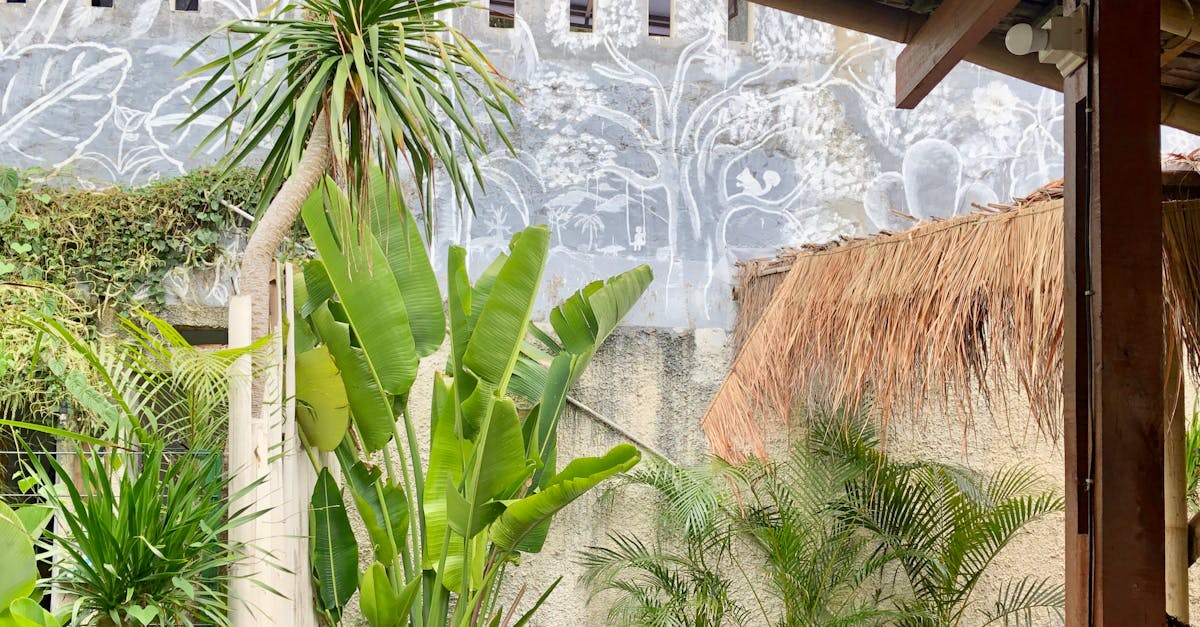Landscaping

In recent years, the field of landscaping has seen a significant transformation, particularly through the incorporation of modern landscape architecture. This innovative approach melds artistry with functionality, providing outdoor spaces that not only enhance the aesthetic appeal of properties but also promote environmental sustainability. As homeowners and businesses alike seek to create inviting and practical outdoor areas, the principles of modern landscape architecture have become essential guiding forces in the design process.
As we delve into various landscaping ideas, it's crucial to understand how modern landscape architecture influences each aspect of outdoor planning. From selecting native plants that thrive in local climates to designing patios and walkways that facilitate seamless outdoor living, this contemporary movement emphasizes the importance of thoughtful and sustainable design. By embracing the tenets of modern landscape architecture, property owners can transform their yards into beautiful retreats that reflect personal style while being mindful of the ecosystem.
Using Hardscaping in Your Outdoor Space
Using hardscaping in your garden design adds stability and practicality. Components like stones or flagstone can form pathways, patios, and retaining walls that beautify the overall look of your yard. Such design allows for better drainage and limits soil erosion, which is essential for maintaining healthy plants and a vibrant garden.
Furthermore, hardscaping can serve as a backdrop for flowers, creating an stunning contrast that highlights both the durable and delicate elements of your outdoor area. Using features like outdoor seating can create inviting areas for relaxation and entertainment. Through careful planning and thoughtful design, hardscaping can change your outdoor space into a beautiful and functional environment that fulfills your needs and preferences.
Tips for Selecting Stonework Features Which Complement Your Landscape
Adding stonework features into your landscape can significantly improve the overall look and feel of your outdoor space. Consider using materials that match with the natural surroundings. For instance, choosing subtle colors for walkways can create a cohesive vision. Moreover, adding features like retaining walls can help define spaces while providing functionality.
When planning your outdoor area, consider how stonework will work with pre-existing plants and trees. Employ various textures to create visual interest; smooth surfaces can contrast beautifully with textured stone. Include elements like bricks to create pathways that direct visitors through your landscape. With careful selection, stonework will serve as a stunning backdrop for your plants while providing resilience to your outdoor environment.
Designing Garden Areas
Designing outdoor environments may alter your space into a welcoming retreat. Including elements such as decks, vibrant gardens, and cozy seating areas enhances the overall aesthetic. Choosing the right plants, flowers, and shrubs brings vibrancy while supplying seclusion from neighbors. Moreover, utilizing natural materials such as wood, stone, and gravel establishes a harmonious look that blends with the surroundings.
For maximize the functionality of your outdoor space, consider arranging distinct zones for various activities. Including features like fire pits, water elements, or outdoor kitchens may promote social gatherings and relaxation. Thoughtfully placing paths and walkways directs visitors through the landscape while also boosting accessibility. At the end of the day, creating these outdoor environments does not only provides beauty but also enhances the overall value of the property.
Tips for Designing Functional Outdoor Areas
Creating comfortable outdoor areas might transform your property into a cozy retreat. Kick off by evaluating the current space and contemplating about how you want to use it. Adding elements such as lounging areas that enhance the overall aesthetic of your garden is crucial. Consider using a mix of plants, textures, and colors to cultivate a harmonious atmosphere.
Outdoor lighting is another key aspect to improve your outdoor areas. Strategically placed lamps can produce a inviting ambiance for evening gatherings. Adding features like walkway lights or string lights can mean enhance safety but also provide personality to the space. Remember to choose durable materials that can withstand the elements, ensuring your design remains functional for years to come.
Annual Garden Care Advice
Caring for your landscape throughout the various seasons is essential for reaching a thriving area. As spring arrives, concentrate on planting additional plants and nourishing the soil to support growth. As summer comes brings the need for consistent watering and mulching to keep the garden looking its best. As autumn approaches, take into account preparing the yard for winter by fall planting and cleaning up debris.
Throughout the year yard maintenance requires focus to periodic tasks that ensure the well-being of your landscape. In winter is the time for trimming trees and shielding sensitive flowers from harsh elements. Scheduled attention throughout the year, such as trimming the lawn and monitoring for pests, keeps a lush, inviting garden. By following these year-round advice, one can create a gorgeous landscape that excels in every season.
Important Tasks to Keep Your Yard Thriving
Caring for your garden requires a list of tasks. Routine mowing of the grass is crucial to maintain a neat appearance. Moreover, watering plants correctly helps promote growth and well-being. Weeding is another key maintenance step to prevent competition for nutrients and moisture.
Nourishing your plants periodically is also essential to boost their growth. Mulching can help retain soil moisture and suppress weeds, leading to a healthier yard. Pruning shrubs and trees is crucial for enhancing new growth and maintaining shape. Lastly, regular inspections of your garden can help spot any issues early on, keeping its beauty and health throughout the seasons.